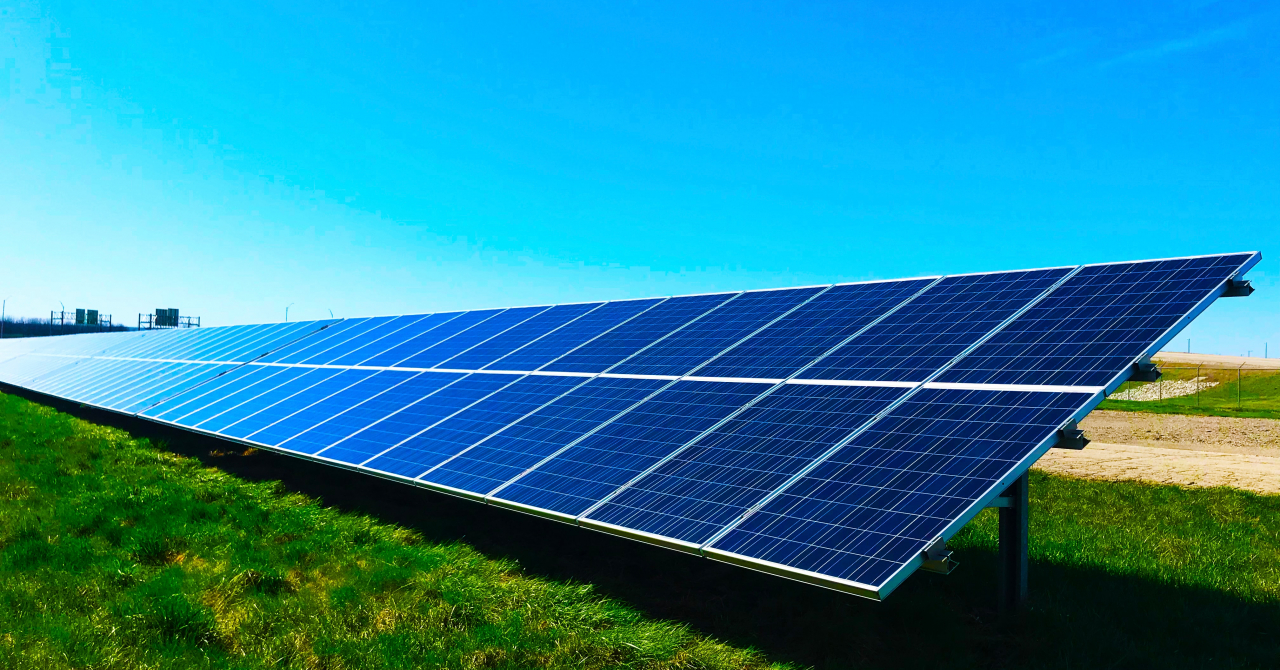According to Solar Daily, solar heat power plants use concentrated sunlight to produce heat at first and then electricity, and are being used in sunny areas of the world today, such as the US, Chile or Spain.
In order to make this technology more effective and efficient, a group of scientists from the German Aerospace Center and the Portuguese University of Evora developed a new test facility that uses molten salt instead of thermal oil.
The facility was opened on April 28 2022, with participation from the German and Portuguese government.
Ana Costa Freitas, Rector at the University of Evora, said that "today we begin operating the Evora Molten Salt Platform (EMSP) with the aim of converting the energy of the Sun into controllable electricity. To do this, we are using molten salt - an innovative and competitive technology - to transfer and store heat. The activities developed so far on the EMSP platform prove and validate the feasibility of this type of solar thermal power plant."
"Considering the goals of the energy transition and the energy crisis that Europe is experiencing, today's opening is a special day - for us as a university, for the region, for Portugal and for Europe", she added.
As a heat transfer medium, molten salt brings several advantages, but also one disadvantage when compared to thermal oil.
The first advantage comes in the form of operating temperatures, molten salt being able to operate at up to 550 degrees Celsius, compared to only 400 for thermal oil. The higher thermal capabilities of molten salt ultimately allow it to be more efficient at converting sunlight into energy, both thermal and electric.
Also due to this efficiency, facilities that will operate using molten salt could provide electricity at up to 20% lower cost.
There is a caveat, though, since molten salt needs to be kept at anything between 130 degrees Celsius and 240 degrees Celsius to remain in liquid form, depending on the type of salt.
If it solidifies again, it could damage components and cause the power plant to shut down.
About 88 tons of salt run through the pipelines of the test facility, with the same salt being traded worldwide as a fertilizer at a scale of 100 million tons.
The way the test plant works is with parabolic trough collectors, which are a type of special, curved mirrors that stand in two parallel rows. With a length of around 700 meters, they focus solar energy onto the pipes located in the middle of the trough. The pipes contain the heat transfer medium, in this case molten salt.
The total capacity of the EMSP facility is of 3.5 megawatts (MW).
The cost of solar thermal energy is currently higher than that of the photovoltaic panels, but this technology has the advantage of producing energy at night or during cloudy weather, due to their integrated heat storage system.
This makes solar thermal power plants one of the few options that we have in order to produce renewable energy in a controllable and continuous manner, which could make them a suitable substitute for gas, oil or coal power plants in sunny areas that could have the potential of harvesting as much solar energy as possible.
 Mihai - Cristian Ioniță
Mihai - Cristian Ioniță












Any thoughts?